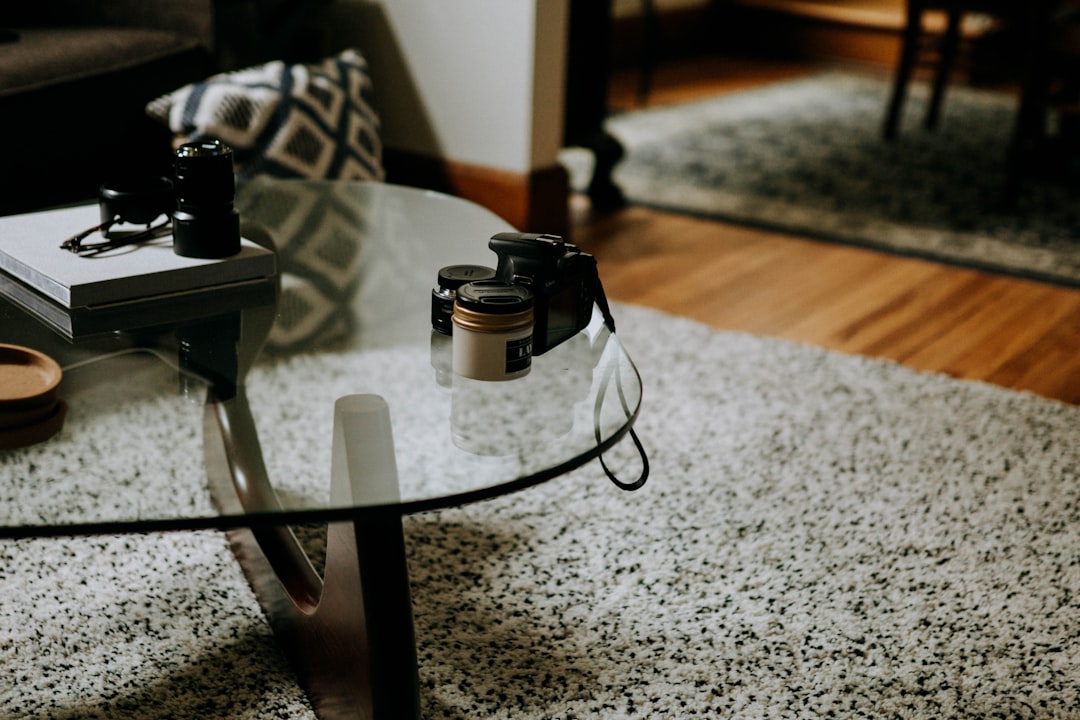

Trauma clean up is a critical process that involves the thorough cleaning and sanitization of a space where a traumatic event has occurred. This can include crime scenes, accidents, suicides, and other violent or distressing incidents. Here are some key aspects involved in the process of trauma clean up:
Assessment and Planning The first step in trauma clean up is assessing the extent of the damage and planning for the cleanup process. This involves evaluating the scene to determine what needs to be cleaned, what hazardous materials may be present, and what equipment and resources will be needed to safely complete the job.
Biohazard Removal One of the most important aspects of trauma clean up is removing any biohazardous materials from the scene. This can include blood, bodily fluids, tissues, and other potentially infectious materials. Specialized equipment and training are required to safely handle these materials and dispose of them properly according to local regulations.
Cleaning and Sanitization Once all biohazards have been removed, the next step is thoroughly cleaning and sanitizing the area. This includes disinfecting surfaces, removing odors, and ensuring that all traces of the traumatic event are eradicated. Professional cleaning products and techniques are used to ensure that the space is safe for habitation once again.
Decontamination and Restoration After cleaning and sanitization are complete, decontamination may be necessary to further ensure that no harmful pathogens or contaminants remain in the area. Depending on the severity of the trauma, restoration work such as repairing damaged structures or replacing contaminated materials may also be required to fully restore the space to its pre-incident condition.
Overall, trauma clean up is a complex process that requires specialized training, equipment, and attention to detail. It is essential for ensuring not only physical safety but also emotional well-being for those impacted by traumatic events.
Living in a hoarded environment can pose serious health risks to individuals and their families. The accumulation of clutter, debris, and waste in a hoarded home can create unsanitary conditions that contribute to various physical and mental health problems.
Respiratory Issues One of the most common health risks associated with living in a hoarded environment is respiratory issues. Mold, dust mites, pet dander, and other allergens thrive in cluttered spaces, leading to allergies, asthma, and other respiratory problems. Poor air quality in hoarded homes can exacerbate existing respiratory conditions or trigger new ones.
Pest Infestations Hoarding environments often attract pests such as rodents, cockroaches, and bed bugs due to the abundance of food sources and hiding spots. Pest infestations not only pose a physical health risk through bites and stings but also increase the spread of diseases like salmonella and hantavirus. Living in close proximity to pests can cause anxiety, stress, and sleep disturbances.
Tripping Hazards The excessive clutter in hoarded homes creates tripping hazards that can result in falls and injuries. Piles of belongings blocking walkways or exits make it difficult to navigate the space safely. Falls are a significant risk for individuals living in hoarding environments, especially older adults or those with mobility issues.
Social Isolation Living in a hoarded environment can lead to social isolation as individuals may feel embarrassed or ashamed to invite guests into their home. The stigma associated with hoarding behavior can strain relationships with family members and friends, further isolating individuals from social support networks. Social isolation has been linked to an increased risk of depression, anxiety, and other mental health issues.
In conclusion, the health risks associated with living in a hoarded environment are numerous and significant. Addressing hoarding behaviors through professional cleanup services and therapy is essential for improving overall health outcomes for individuals affected by hoarding disorder.

Choosing the right house cleaning service provider in Hobart can be a daunting task, but it doesn't have to be.. With so many options available, it's important to take the time to do your research and find a company that meets your needs and fits your budget. The first step in finding the right house cleaning service provider is to determine what services you require.
Posted by on 2024-11-11

Maintaining a clean and organized home in Hobart can seem like a daunting task, but with some simple tips and tricks, you can keep your living space looking neat and tidy. First and foremost, it's important to declutter regularly.. Take some time each week to go through your belongings and get rid of anything you no longer need or want.
Posted by on 2024-11-11

In today's fast-paced world, where time is a precious commodity, professional house cleaning services in Hobart play a vital role in helping individuals maintain a clean and organized living space.. The importance of these services cannot be overstated, as they not only save time and effort but also ensure that homes are kept in pristine condition. One of the key benefits of hiring professional house cleaners is the level of expertise they bring to the table.
Posted by on 2024-11-11

When it comes to maintaining a clean and tidy home, hiring a local house cleaning company in Hobart can offer numerous benefits that make life easier and more enjoyable. One of the key advantages of working with a local cleaning service is the convenience it provides.. Instead of spending your valuable time and energy scrubbing floors and dusting surfaces, you can leave the dirty work to professionals who will handle everything efficiently and effectively.
Posted by on 2024-11-11
Assessment of the Situation First, it is crucial to assess the hoarding situation in the home. This involves evaluating the extent of the clutter, identifying any safety hazards, and determining if there are any underlying issues contributing to the hoarding behavior.
Developing a Plan Once the assessment is complete, a plan should be developed to address the hoarding situation. This plan should outline specific goals for decluttering and organizing the home, as well as strategies for managing any emotional or psychological challenges that may arise during the process.
Seeking Professional Help Hoarding can be a complex issue that often requires professional intervention. It is important to seek help from experienced hoarding cleanup specialists who have the expertise and resources to safely and effectively clean up a hoarded home. These professionals can provide support, guidance, and practical solutions for addressing the hoarding situation.
Supporting the Individual In addition to professional help, it is essential to provide emotional support to the individual struggling with hoarding. Hoarding is often linked to underlying trauma or mental health issues, so offering compassion, understanding, and encouragement can help them feel more comfortable seeking help and making positive changes in their living environment.
Follow-Up and Maintenance Finally, after the initial cleanup is complete, it is important to establish a plan for ongoing maintenance and support. Regular check-ins with the individual can help prevent relapse into hoarding behaviors, while also ensuring that they continue to receive any necessary counseling or therapy to address underlying issues related to their hoarding tendencies.
